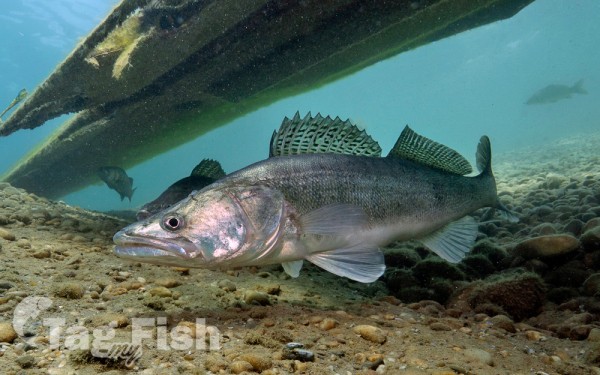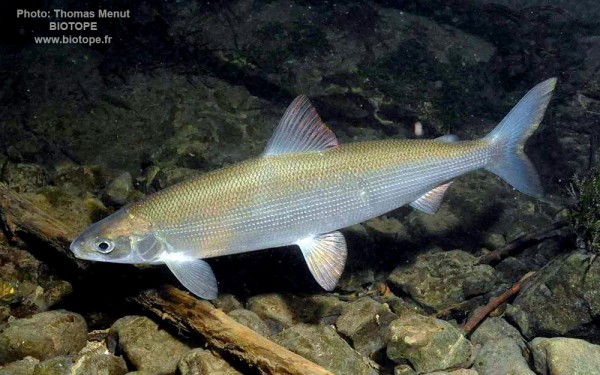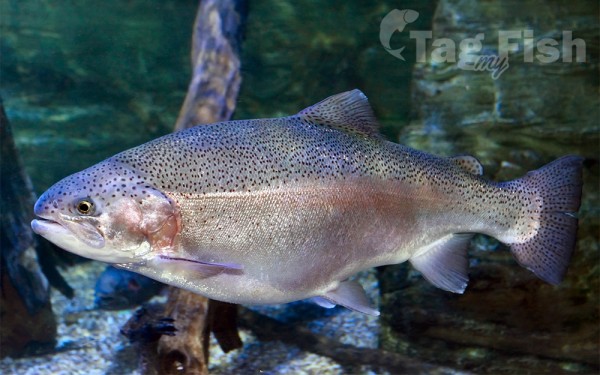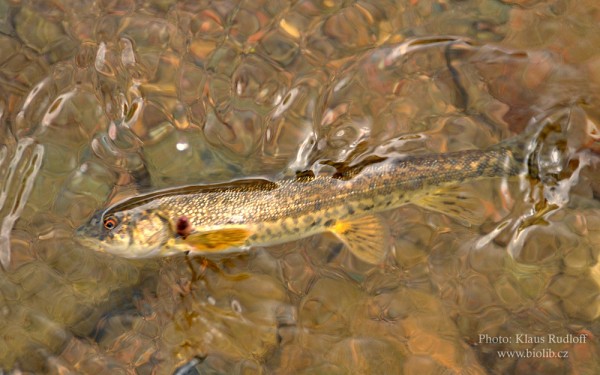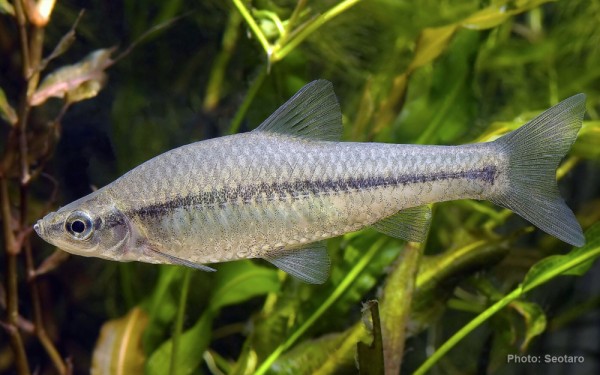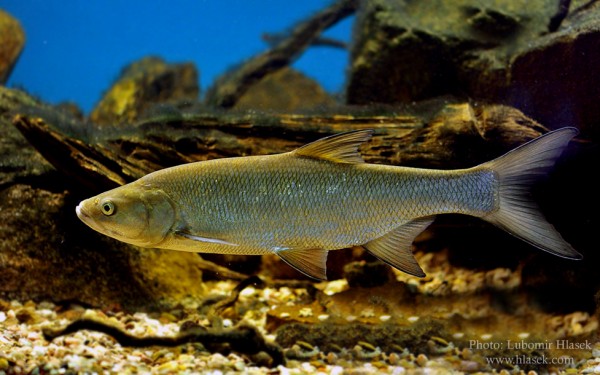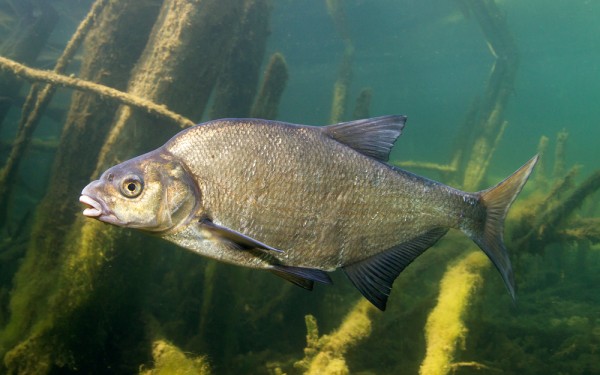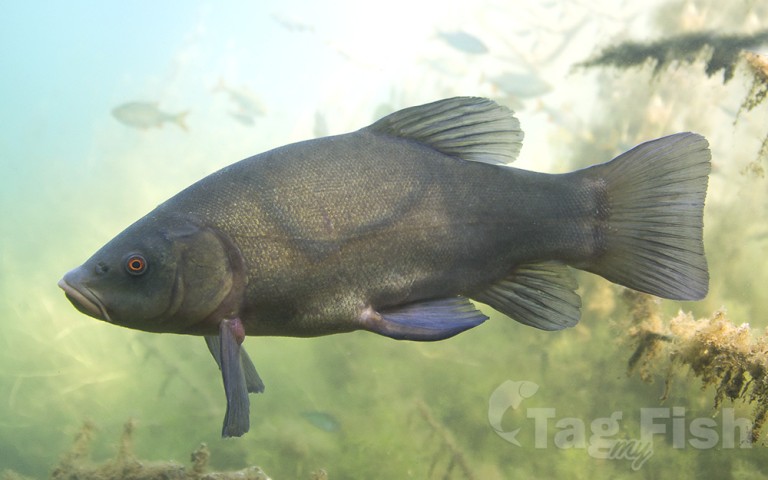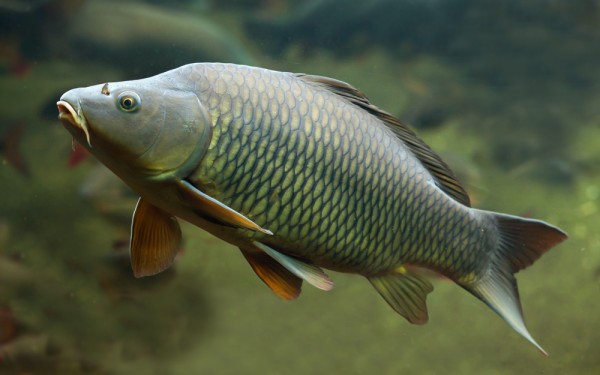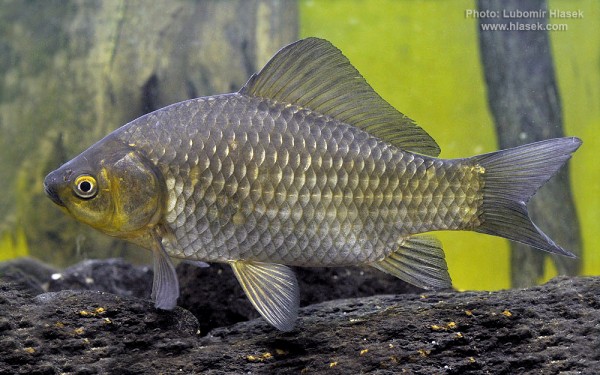Issyk-Kul lake

Perciformes - Perches
Salmoniformes - Salmons and Trouts
Cypriniformes - Carps
Perciformes - Perches
Salmoniformes - Salmons and Trouts
Cypriniformes - Carps
Perciformes - Perches
Salmoniformes - Salmons and Trouts
Cypriniformes - Carps
Issyk-Kul is an endorheic lake in the Northern Tian Shan mountains in Eastern Kyrgyzstan. It is the seventh-deepest lake in the world, the tenth-largest lake in the world by volume (though not in surface area) and the second-largest saline lake after the Caspian Sea. Issyk-Kul means warm lake in the Kyrgyz language; although it is surrounded by snow-capped peaks, it never freezes.
The lake is a Ramsar site of globally significant biodiversity and forms part of the Issyk-Kul Biosphere Reserve.
Geography
Issyk-Kul Lake is 182 kilometres (113 mi) long, up to 60 kilometres (37 mi) wide and its area is 6,236 square kilometres (2,408 sq mi). It is the second-largest mountain lake in the world behind Lake Titicaca in South America. It is at an altitude of 1,607 metres (5,272 ft) and reaches 668 metres (2,192 ft) in depth.
About 118 rivers and streams flow into the lake; the largest are the Jyrgalang and Tüp. It is fed by springs, including many hot springs and snow melt.
The lake has no current outlet, but some hydrologists hypothesize that the water filters deep underground into the Chu River. The bottom of the lake contains the mineral monohydrocalcite: one of the few known lacustrine deposits.
The southern shore is dominated by the ruggedly beautiful Teskey Ala-Too Range of the Tian Shan mountains. The northern slopes of the range are long and send a considerable flow to Issyk-Kul. Numerous streams taking their rise at the slopes flow together into comparatively large rivers. They deeply dissect the range and flow in wide valleys. On exit from mountains the rivers form large alluvial cones. In eastern part of Issyk-Kul they flow into Jyrgalang river. The Kungey Alatau of the Tian Shan runs parallel to the north shore. The southern slopes of the Kungey Alatau are comparatively short. Therefore, the rivers rising on them are relatively small and do not have a chance to flow together to form larger hydrographic systems. As a result, they separately empty either into Issyk-Kul or into Tüp river flowing along the range.
The salinity is approx. 0.6% – compared to 3.5% salinity of typical seawater – and, although the lake level is still currently some 8 metres (26 ft) higher than in medieval times, its level now drops by approximately 5 centimetres (2.0 in) per year due to water diversion.
Administratively, the lake and the adjacent land are within Issyk-Kul Region of Kyrgyzstan.
Fish species
The original fish fauna comprised twelve indigenous species and two subspecies particular to this lake. The long historical and geographical isolation of the lake favored the formation of endemic forms. This fauna is a typical example of the local Central Asian fish complex originating from Central Asian Mountain fauna, which is characterized by the presence of the loaches and cyprinids, with a small addition of leuciscins of Siberian origin. In the native fish fauna of the lake there were no predators although large Naked Osmans Gymnodiptychus dybowskii are said to feed partly on small fish.
Strictly endemic fish Schmidt Dace Leuciscus schmidti is present throughout the shallow littoral zone but goes during winter down to 35-40 m. It appears in two forms, a common fast-growing lake form and a slow-growing bay form. The fast-growing form reaches 31 cm, a weight of 650 g, and an age of 11 years. It spawns on stony beds at depths of 0.5-10 m between the end of March (water temperature 5oC) and mid-May. Fecundity is 6,000-65,000 eggs per year. It feeds largely on Characeae, but also on mollusks. The slow-growing form is present throughout the shallows. It reaches a length of 23 cm, a weight of 220 g, and a maximum age of 13 years. It has a similar fecundity and it spawns on the same substrate as the other form, but later.
Issyk-Kul Dace was the dominant fish until 1997, when Schmidt Dace became for the first time the most numerous commercial fish in the lake. Issyk-Kul Dace inhabits the whole littoral zone, but is more pelagic than Schmidts Dace. During the winter it is found down to depths 120-150 m, and reaches a maximum body-length of 17.5 cm and weight of 60 g. It spawns in shallow waters at depths between 1-8 m, and feeds mostly on plankton. During recent years the number and distribution of this species have sharply declined.
There are two endemic species distributed in mountain waters of Middle and Central Asia.
The Scaly Osman (Diptychus maculatus) inhabits high-mountain streams, but enters also into Lake Issyk-Kul. It can grow 50 cm long and weighs up to 1 kg. It feeds on vegetation and invertebrates. The fish spawns in the spring and summer. It has a dwarf form, which lives mainly in the incoming small rivers, and may not live in the lake. It does not exceed 25 cm in length and weighs less than 200 g.
The Naked Osman (Gymnodiptychus dybowskii) is found in mountain rivers and lakes. It also appears in two forms: one inhabits in rivers and the other in lakes. Lake living fish appear to have two ecological morphs: a winter lake morph and a summer migratory morph which spawns in rivers with a sandy bottom. Forms and eco-morphs would indicate that taxonomic studies are needed. The winter morph spawns from February to April and its fecundity is 13,000-14,500 per year. The summer morph is smaller, has a lower fecundity of 5,500-12,000, and spawns from April until September. Both morphs are omnivorous. In the lake it feeds mostly on mollusks over muddy and loamy bottoms at 15-30 m deep. The largest Naked Osmans in the lake attain the age of 20 years and can grow up to 60 cm long and 3 kg of weight. It was once important commercial fish in the Issyk-Kul Lake, but there are indications that it is close to extinction.
Issyk-Kul Lake and incoming rivers have five indigenous and one alien loach species which are common in littoral underwater meadows, but are also found down to 100 m depth. They feed on benthos, plankton and eggs of other fish. They have never been recorded by name in the catch of the lake except maybe in the “others” component. Subspecies would urgently require taxonomic revision, especially Triplophysa ulacholicus versus Triplophysa u. dorsaloides which are here synonymized.
The Issyk-Kul Gudgeon (Gobio gobio latus) spawns in June-July in shallows and feeds on benthos, detritus and fish eggs. It is preyed upon by Spotted Thicklip Loach Triplophysa s. strauchii, Sevan Trout Salmo ischchan and Pike-perch Sander lucioperca .
Issyk-Kul Minnov (Phoxinus issykkulensis) is one of the strictly endemic fish species of Issyk-Kul Lake, but unfortunately there is no data on biology or abundance as it has never been important in commercial fishery.
Issyk-Kul Marinka (Schizothorax pseudoaksaiensis issykkuli) is an endemic species, which reaches 70 cm and a weight of 8 kg, and spawns from May until mid-July on rocky substratum in shallows near aquatic plants (Figure 3.). Its fecundity is 25,000 per year. It is omnivorous. Between 1985 and 1989 it formed 6% of the fish catch but after 1992 it disappeared completely
Indigenous
- Leuciscus schmidti – Schmidts Dace
- Leuciscus bergi – Issyk-Kul Dace
- Phoxinus issykkulensis – Issyk-Kul Minnov
- Gobio gobio latus – Issyk-Kul Gudgeon
- Schizothorax pseudoaksaiensis issykkuli – Issyk-Kul Marinkae
- Diptychus maculatus – Scaly Osman
- Gymnodiptychus dybowskii – Naked Osman
- Triplophysa stoliczkai – Tibetan Stone Loach
- Triplophysa stoliczkai elegans – Tyanschan Loach
- Triplophysa dorsalis – Grey Loach
- Triplophysa strauchii strauchii – Spotted Thicklip Loach
- Glyptosternum reticulatum – Turkestan Catfish
- Triplophysa ulacholicus, including T.u. dorsaloides – Issyk-Kul Naked Loach e
Introduced
- Onchorhynchus mykiss – Rainbow Trout
- Salmo ischchan – Sevan Trout
- Coregonus lavaretus – Common Whitefish
- Coregonus widegreni – Valaam Whitefish
- Coregonus autumnalis – Baikal Omul
- Tinca tinca – Tench
- Alburnoides taeniatus – Striped Bystranka
- Abramis brama orientalis – Oriental Bream
- Cyprinus carpio – Common Carp
- Ctenopharyngodon idella – Grass Carp
- Hypophtalmichtys molitrix – Silver Carp
- Carassius auratus auratus – Goldfish
- Pseudoraspora parva – Stone Moroko
- Capoeta capoeta capoeta – Transcaucasian Barb
- Triplophysa labiata – Plain Thicklip Loach
- Sander lucioperca – Pike-perch
- Micropercops cinctus – Eleotris or Odontobutid
- Aspius aspius – Asp
- Coregonus albula Vendace (Ryapushka)
- Coregonus peled Peled
During the Soviet era, fishing was controlled by the state and the lake was viewed more as a source of food and revenue than as a repository of biodiversity. Commercial fishing began in the 1890s and concentrated on chebachok, chebak, sazan carp, marinka and naked osman.
Chebachok (Leuciscus bergi) was dominant in the catches, but was considered low in value, which led to a proposal to introduce the Sevan trout (Salmo ischchan gegarkuni) from Armenia to increase yields. A total of 755,000 fertilised eggs were released into the lake in 1930, followed by a further 800,000 in 1936, but the fish remained low in density because of a lack of suitable spawning sites. Subsequent development of two hatcheries in the 1960s and release of 150 million eggs and 80 million fry into rivers in the 1970s produced only minor increases in landings (to 40-50 t/y).
Despite not establishing a major population, the Sevan trout did have negative impacts on the populations of certain of the endemic species, as it is an active predator. This stimulated attempts in the 1950s to diversify the fish stock by introducing species with a broader range of diets, including piscivores, plankton feeders and benthic feeders.
Pikeperch (Stizostedion lucioperca) and bream (Abramis brama) were introduced in 1954-56 and established populations in the east of the lake. The common carp (Cyprinus carpio) was also successfully introduced, and tench (Tinca tinca) and crucian carp (Carassius gibelio) were brought in accidentally at the same time.
In the late 1960s and early 1970s attempts were made to convert the lake into a reservoir for trout and whitefish, and to gradually reduce the numbers of the little-valued chebachok. Three Coregonids (whitefish) were introduced between 1966 and 1973 (Coregonus autumnalis and Coregonus peled from Lake Baikal and Coregonus lavaretus from Lake Sevan by the release of over 80 million fries from the Ton hatchery. These were heavily preyed upon by the endemic fish and may also have been adversely affected by salinity, but Coregonus lavaretus has become established as a major component of the Issyk-Kul fauna.
The various introductions have however inevitably affected the natural ecosystem in the lake. The numbers of the native species have diminished and some, most notably the naked osman, have almost disappeared entirely; this species was in fact thought to be extinct until a single specimen was captured by a local fisherman in October 2003. Some of the introduced species are thought to be responsible for the reductions, in particular the zander and seven trout, which are voracious piscivores; and the bream, which feeds on fish eggs.
Tourism
During the Soviet era, the lake became a popular vacation resort, with numerous sanitoria, boarding houses and vacation homes along its northern shore, many concentrated in and around the town of Cholpon-Ata. These fell on hard times after the break-up of the USSR, but now hotel complexes are being refurbished and simple private bed-and-breakfast rentals are being established for a new generation of health and leisure visitors.
Implication of Alien Species Introduction to Loss of Fish Biodiversity and Livelihoods on Issyk-Kul Lake in Kyrgyzstan:
https://www.intechopen.com/chapters/38666
